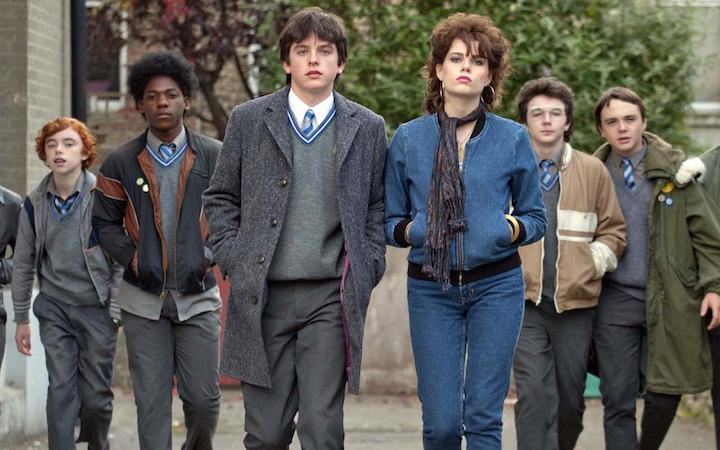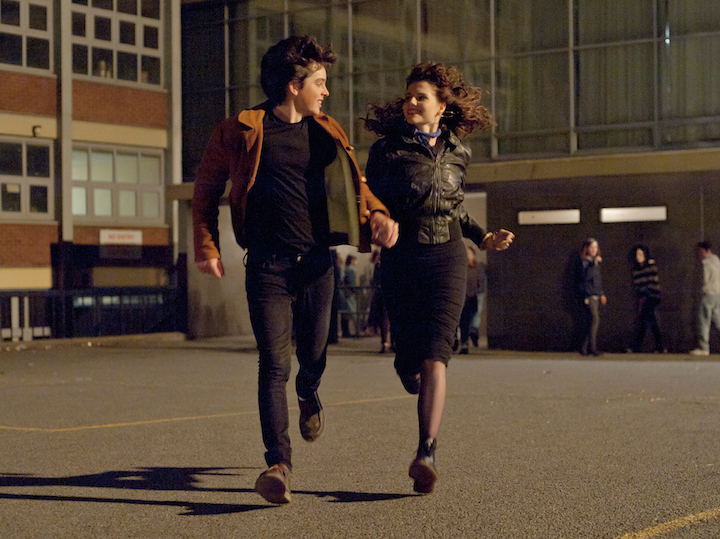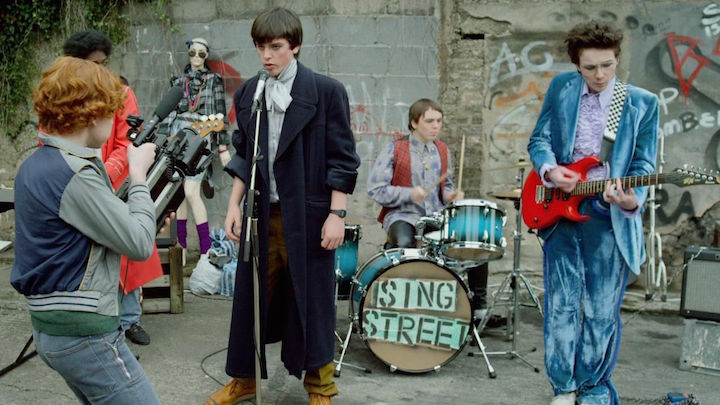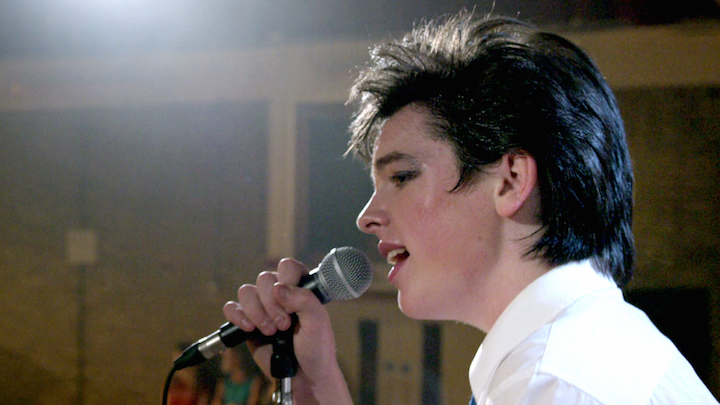On September 14, 2016 — a Wednesday, as always — a new batch of movies was released in Philippine cinemas. These ranged from films highly anticipated by the public, like the new Kathniel romantic drama Barcelona: A Love Untold, and the third installment of the Blair Witch series, to more lowkey movies like the comedy Mike and Dave Need Wedding Dates, and the Daniel Radcliffe-led thriller Imperium.
And then there was Sing Street — a little Irish comedy-drama written and directed by John Carney, who also directed 2007’s Once, and 2014’s Begin Again. It’s about a teenage boy in the 1980s who forms a band to impress a girl he sees across the street one day. Simple, sweet Sing Street.
Sing Street is also, in this writer’s opinion, the best movie of 2016 so far. It features wonderful performances from its mostly young cast, raw and sincere direction from John Carney, and truly phenomenal music inspired by your favorite ’80s bands like Duran Duran, The Cure, and Hall & Oates. It’s probably going to get an Oscar nomination for at least one of its songs. Sounds awesome, right?
(RELATED: Ma’ Rosa is the Philippine Entry to the Oscars in 2017)
Unfortunately, Sing Street only lasted three days in Philippine cinemas. I saw it on day two, but by day three, only one theater in Cavite was still screening it. By day four, it was completely gone.
And this really is such a shame. While Sing Street may already be out on DVD and online streaming, the fact that we even have the opportunity to see quality films like this on the big screen is a blessing too many people take for granted. In this age of torrents and on-demand viewing, some seem to have forgotten that most movies are meant to be seen in movie theaters; they’re designed and created for enormous screens and surround sound, which maximizes the experience and delivers the exact product that the filmmakers wanted to bring to you in the first place. Earphones and a laptop screen just don’t come close.
But why would Sing Street be worth seeing in a cinema? It’s not like it was filmed using IMAX cameras. It’s not like it features mindblowing special effects and sound editing. It’s not like you can view it in 3D.
Simply put, any good movie is worth seeing in a cinema because the cinema immerses you into the film. There’s no pause button, there’s no loading time, there aren’t any sketchy foreign subtitles hardcoded into the file. A cinema is designed to erase distractions in the environment so nothing else remains except you and your relationship with the film in front of you. And this literally improves the film’s quality. Watching a movie made for the cinema in a cinema means you’re watching the best version possible of that movie.
So what makes Sing Street special?
Before I say anything else, know that Sing Street isn’t a perfect film. For all its incredible musical moments, it might leave some people wanting in the character department. But in all honesty, I do appreciate every choice that Sing Street makes. I could fill this article with everything the film gets right, but I’ll boil it down to two major points.
First, Sing Street uses small moments and interactions to talk about big ideas. There’s a lot going on beneath the surface of this movie: statements about art and self-expression, criticisms against the Christian Brothers in the ’80s, an exploration of socio-economic difficulties of the time period and how the economy can affect family dynamics. I know all of that might sound too heavy-handed for some people, but rest assured that writer-director John Carney never shoves any of these things in your face.
Instead, what Carney does so well is that he simply shows us how these issues have affected the characters, and how these characters respond to these issues. Doing this allows us to focus on the human beings at the heart of all the economic tragedy and social inequality. Instead of telling us what it was like in ’80s Ireland, we’re made to feel how the characters feel. This kind of filmmaking shows respect to the audience; it doesn’t waste our time by explaining every single detail to us. It trusts us to be able to connect the dots.
The entire economic history of Ireland is never explained to us. The most we get to see (and, really, the only thing we really need to see) are scenes of the protagonists’ parents arguing. Instead of being told about how terrible the Christian Brothers were, we’re simply shown how merciless and cruel the headmaster of the school is about the dress code. Instead of making us sit through a long monologue about the healing power of music, we get to see a girl’s face light up when she hears a song written for her.
Carney’s attention to detail when it comes to little universal human experiences is amazing. As a result, it becomes impossible not to be able to relate to the film’s characters — even if you aren’t Irish, and even if you never grew up in the ’80s. It’s a simple movie about love, friendship, family, and art, and it’s a celebration of being young and inspired. But most importantly…








